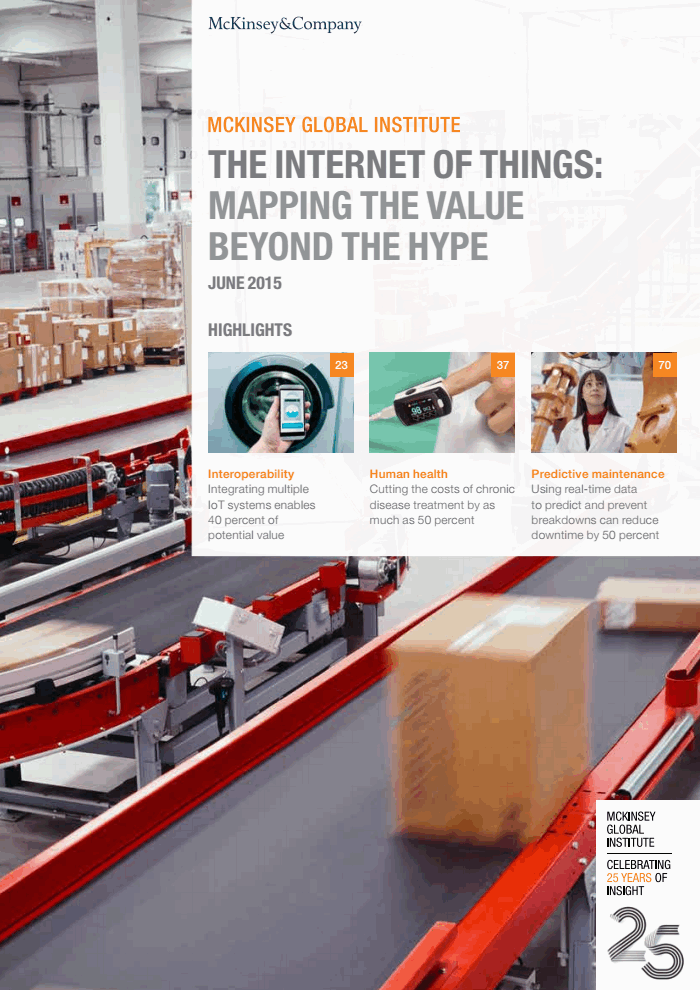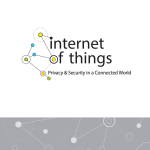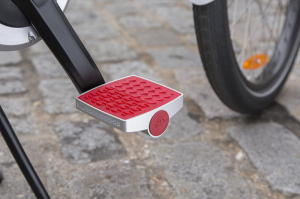I like to occasionally feature products that aren’t earth-shaking in their own right (such as the cameleon shoes that can change their appearance with the swipe of an app) , but nicely illustrate one of my IoT acid tests: what can you do that you couldn’t do before?
I love those, because they can get our creative juices boiling to think of other unprecedented IoT devices.
Here’s a nice example that I suspect may itself facilitate a lot of “Archimedes Moments” (just coined that one, LOL), where IoT users will leap from their baths and run nude through the streets, shrieking “Eureka,” because of their sudden insights into some great new IoT device (actually not sure of that image. Are IoT enthusiasts slim and attractive?),
One little factoid really makes this one come alive: “the average person generates over 70,000 thoughts a day.” Now that’s a staggering unstructured data challenge!
Might be of particular interest, Dear Readers, to those of us on the far side of 50 who have a ton of great ideas but, how shall we say this delicately, don’t always remember them 15 minutes later).
At any rate, the crowd-funded ($83,707 raised so far, by 755 people in 15 days, compared to a $50,000 goal. As of this writing the campaign goes for 16 more days, so you can still get in on the ground-floor.) MYLE TAP will allow users to effortlessly record their thoughts in real-time (which, BTW, is a crucial element in how the IoT really transforms everything: instead of limited data, obtained retroactively, we can get limitless data now, when we can still act on it).
To activate the attractive device you simply tap it. It understands 42 languages right out of the box!
There are some really neat components of the device that could really make your life a lot simpler because you can speak what you want to record (I don’t know about you, but the more I learn about the powers of Siri and her friends, the more I think voice-interface is really the way to go in the future, especially for tech-averse seniors, the targets of my Smart Aging concept). As the site says, “your saved notes are analyzed by context to generate you meaningful results via smartphone applications.” Here are the first uses:
- Calorie Counter: “’I had one Caesar salad and one big apple.’ MYLE calculates how many calories you have consumed.”
- Budget & Spending: “’Spent $7 on coffee and $40 on gas’, and MYLE enters it into your personal and business expense tracker.” IMHO, this could be a REAL value!
- Grocery List: “Tell MYLE ‘buy eggs, milk, flour,’ Your shopping list is built automatically.”
- Calendar: “Tell MYLE ‘Pick Sophia up from school at four,’ and a new item is added to your calendar.”
- Social Media: “Share your memorable event or experience. One tap can post can post it on your Facebook or Twitter account.”
- Exercise: “Excercise with your MYLE TAP. Build and keep records of your progress.”
I can already do a lot of these things with my iPhone and Apple Watch, and perhaps the Watch will eventually do all these things once developers have created new apps, but I like the idea of a single, snazzy-looking device that can do all of them. And, smart people that they are, the MYLE developers have developed an open SDK and API. Once the IFTTT community gets hold of it, they’ll come up with ideas to extend the device’s utility that the MYLE folks never would have conceived of!
The MYLE TAP — doing something that we couldn’t do before!
Here are the technical details, courtesy of Atmel:
“Based on an Atmel | SMART SAM4S MCU, the super compact and lightweight gadget is equipped with an accelerometer, a Bluetooth Low Energy module, a few LEDs and a built-in battery capable of running up to a week on a single charge. MYLE TAP boasts some impressive memory as well, with a storage capacity of up to 2,000 voice notes.”









